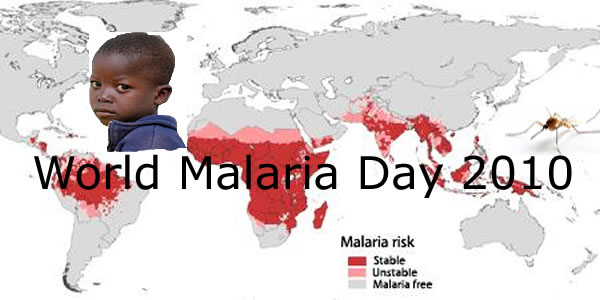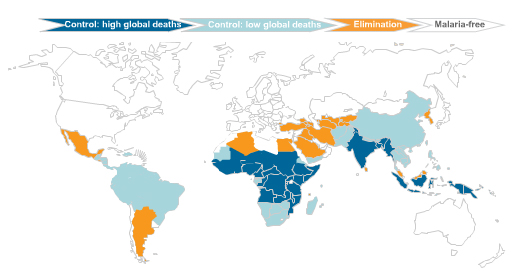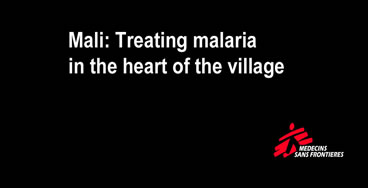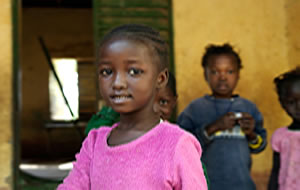World Malaria Day 2010

Approximately half of the world's population is at risk of malaria, particularly those living in lower-income countries. It infects more than 500 million people per year and kills more than one million. The burden of malaria is heaviest in sub-Saharan Africa but the disease also afflicts Asia, Latin America, the Middle East and even parts of Europe.

World Malaria Day, April 25 - which was instituted by the World Health Assembly at its 60th session in May 2007 - is a day for recognizing the global effort to provide effective control of malaria. Now we have less than a year to meet the 2010 target of universal mosquito net coverage for all populations at risk and a reduction in the number of malaria cases and deaths by 50%.
Scaling up prevention through an increased use of bednets, and efficacious treatment with ACT (artemisinin based combination therapy) has been high on the agenda for several years now but continues to be a big challenge for the future.
Collaborating with Médecins Sans Frontières (MSF), China.org.cn presents you the global effort in the fight against malaria.

• Addressing climate change benefits public health
? China intensifies control over imported malaria cases
? UN plans to vaccinate 130 mln children
? U.S. to provide Angola 80% of malaria medicines
? U.S. scientists report original source of malaria
? Mosquito bites carry key vaccine for malaria
? China lays out plans to quell malaria
? China to sell quality anti-malaria drugs to Africa
? Anti-malaria Exhibition Held in Beijing
? Project Seeks Alternative Cures for Diseases
? China to Establish Anti-Malaria Centers in Africa

? The importance of correct malaria diagnostics


• Top Ten Humanitarian Crises 2009
• WHO
 0
0 









